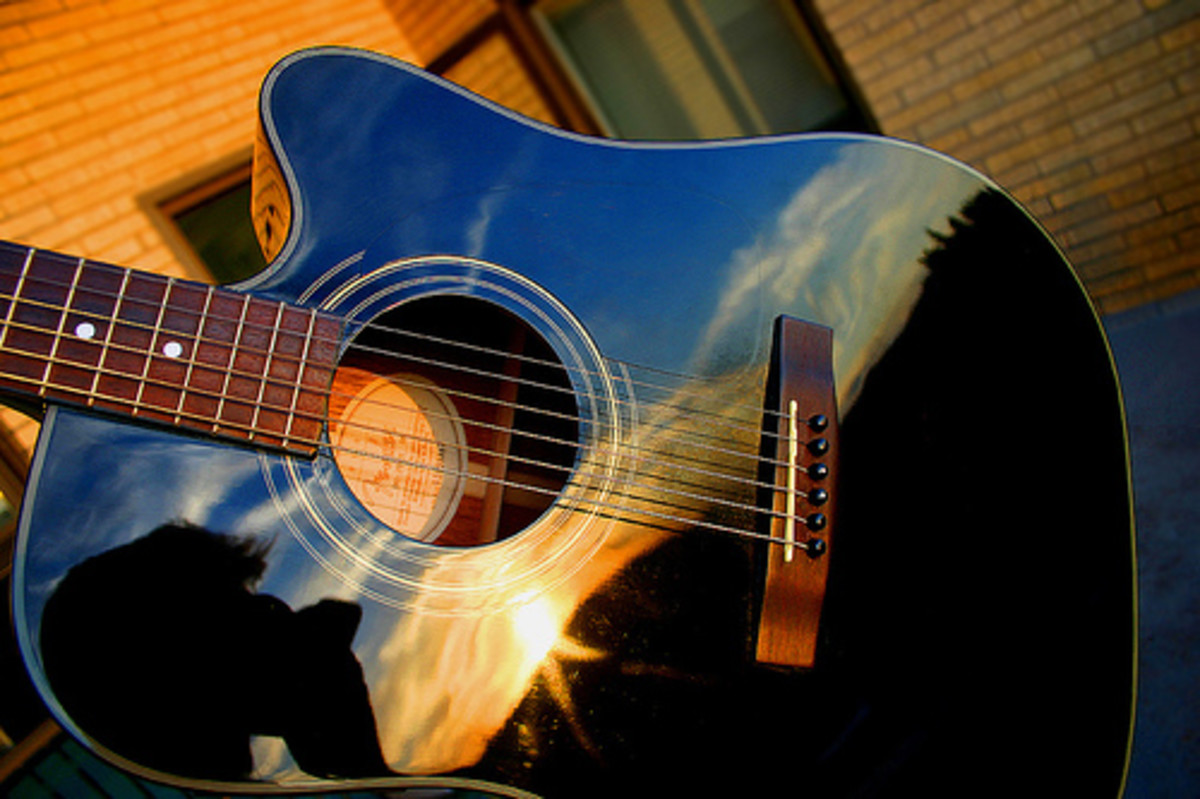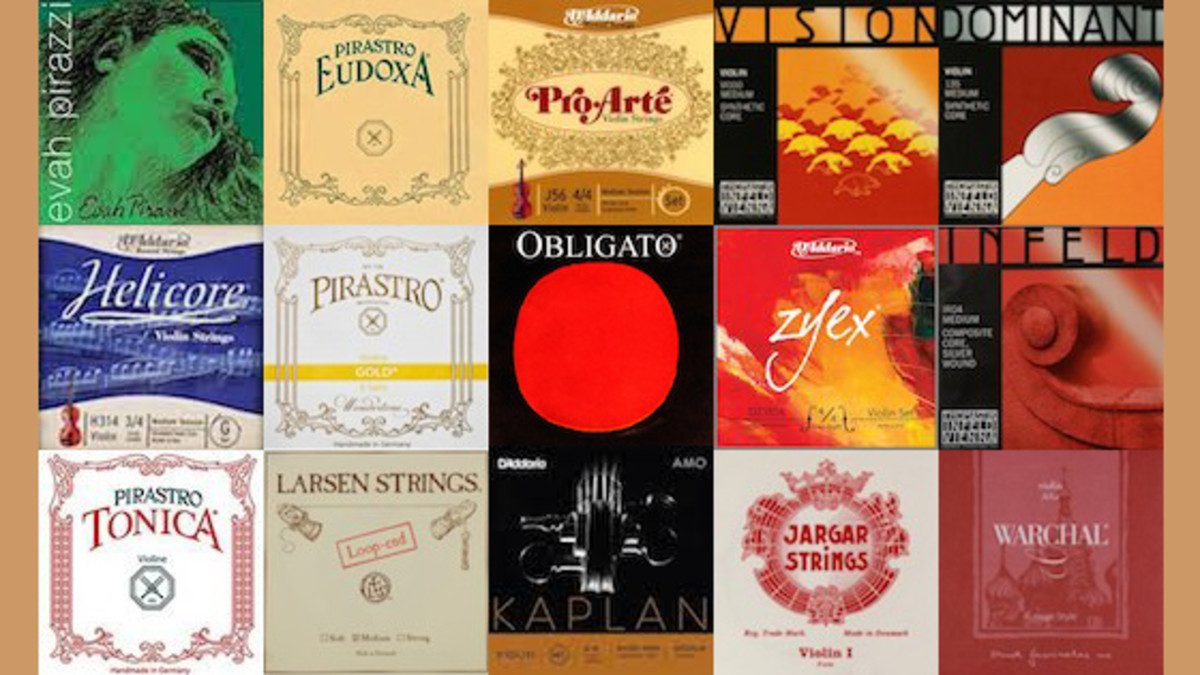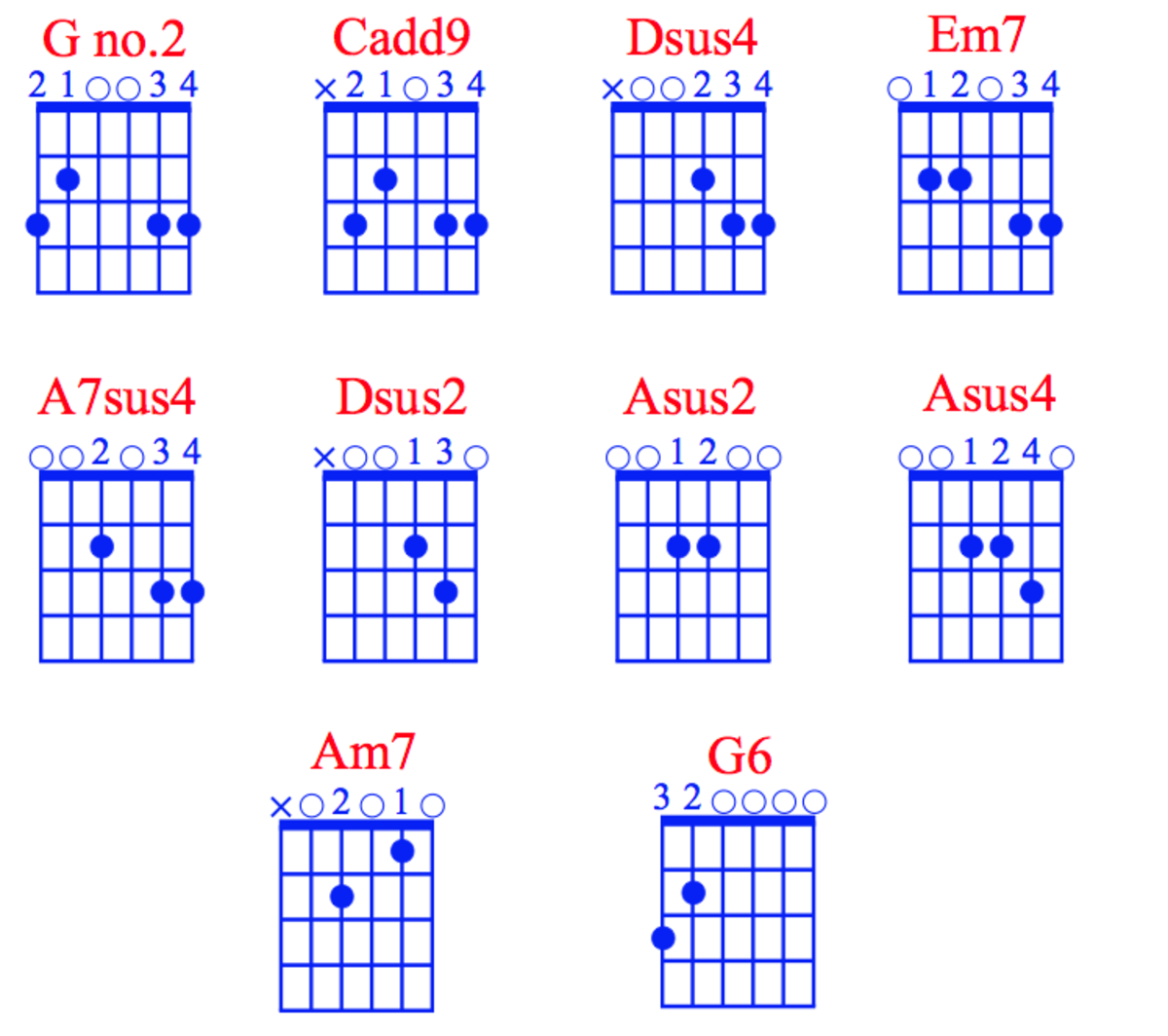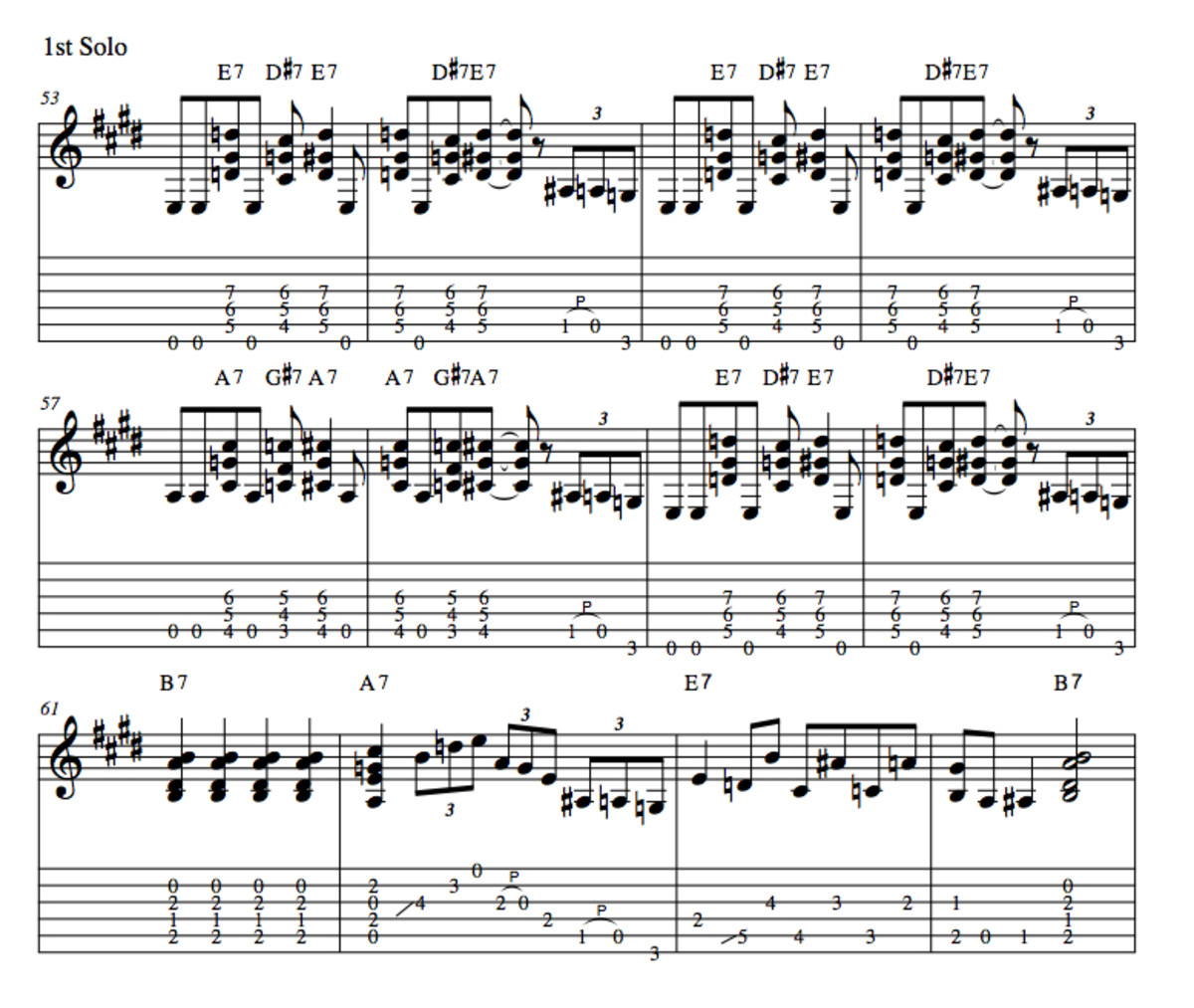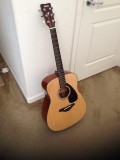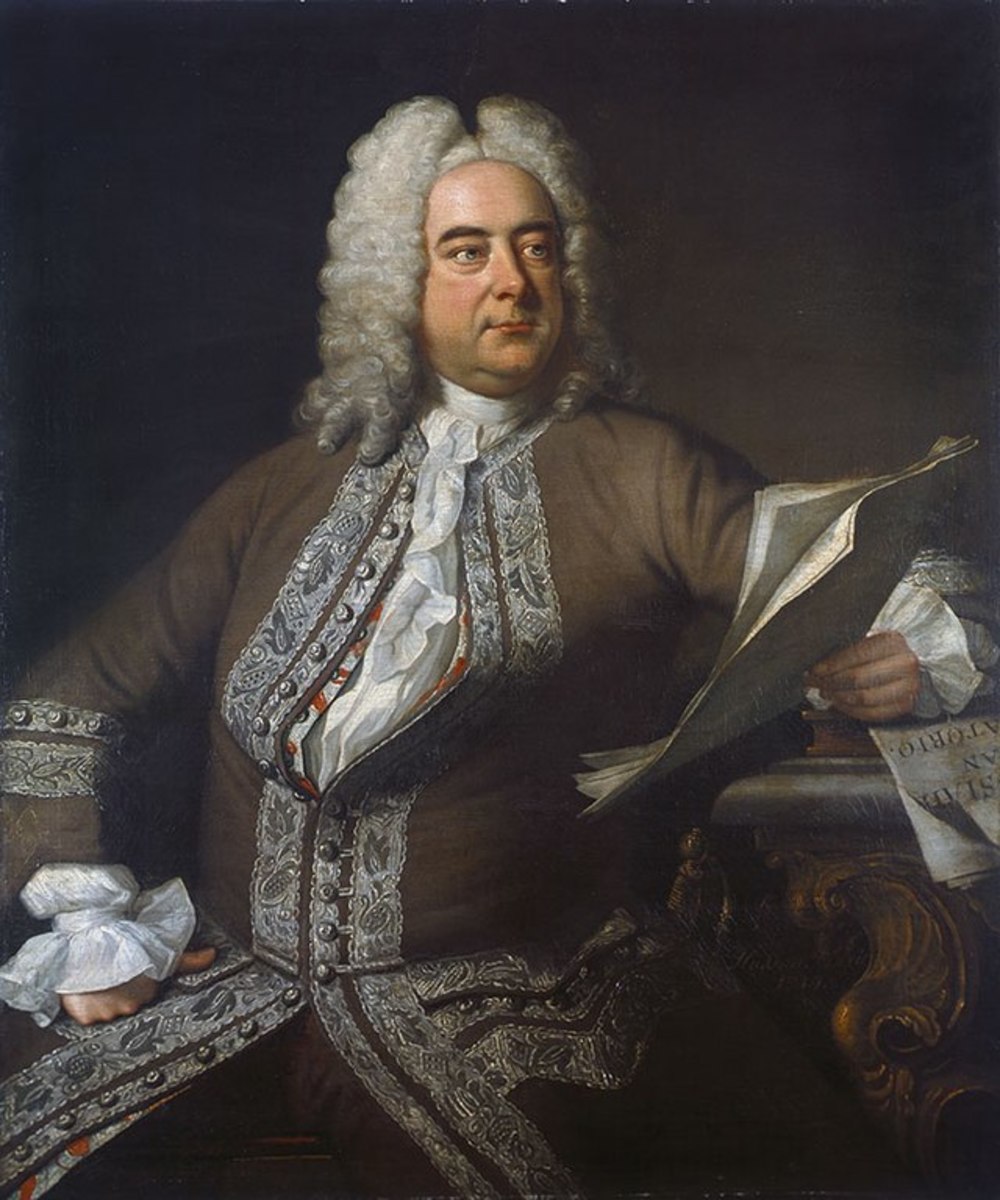Left hand technique II
The Importance of Controlling Extraneous String Noise
This article is the second in a series in regard to left hand (for right handed players) technique. Especially with the tones and volumes used in rock, metal, neo-classical, and some blues, controlling extraneous string noise will allow your notes more clarity. Now, I'm no virtuoso, but practice very hard for hours every day. That said, when I used to play live shows guitar players would often give me the same compliment: "I could really hear your leads and fills loud and clear".
The reason is twofold- firstly, I would use a graphic eq in my effects loop, with the lead sounds boosted about 10-20 db. Using this boost in the loop allowed for me to not create more distortion, but blast more power into the power amp section. The volume difference was considerable.
The second is clean technique. A positive connection with the pick combined with accurate placement of the fingerboard fingers produces a loud, percussive note, provided you're not using too much distortion (distortion and gain are two different things), Using high gain, and preferably a powerful pickup. I prefer pickups with LOTS of windings, but not very powerful magnets (powerful magnets cut you string sustain). My favorite pickup is an old Bill Lawrence L-500 (from when he was making them in his garage) will still afford you tons of clarity,and lots of power. That L-500 is a passive pickup, but I can plug headphones directly into my guitar and hear what I'm playing. Also, my guitar is completely custom made. When it was being built, the luthier contacted me and said "This neck pickup is very big, so I'll have to mortise deeper in order for it to fit". That's because of the insane amount of windings.
Anyone who's played through such a tone knows that it can be challenging at high volumes. The strings feed back more easily, and the strings you're not intending to play (extraneous strings) are much louder. This is where right and left hand muting are essential! Since I've covered those two things in separate articles I'll move on. Few people realize the timing of finger placement and release have everything to do with clean playing.
One example of what I'm talking about (and my apologies for not having notation) would be the A minor triad arpeggio starting on the twelfth fret (fourth finger on 12), and playing successive notes on each string. You play the first note (A) with the fourth finger, then the second note (C) with the second finger. Here's where I make my point (finally): When you release the fourth finger, the first thing that will happen is you'll sound the A harmonic. If that A is still ringing when you strike the C, you'll get a minor 3rd interval, rather than a clear second note. That's extraneous string noise.
A technique I use when practicing is to look down on the fingerboard; not at the note position, but at my fingers. I try to ensure that when my pick strikes the next note, my other finger has completely released the previous note, and sometimes moved slightly, but maintaining contact with the string to mute it.. This is very important when playing sweep arpeggios, since there are often notes stacked on each consecutive string. This differs from arpeggios such as you'd find in folk music etc, as those notes are intentionally sustained.
To revisit other articles, the other job of the left hand fingers is to mute adjacent strings ie: G major scale three notes per string, starting on G (third fret on the low E string)- you would play G, A, B, then C, D, E on the A string, D, F#, G, A on the D string. When you start the run your fingers should be draped over the other higher strings. The first finger mutes the A string by just touching it, then the second, and fourth fingers the same. This is far more challenging when playing a descending run. You want to keep your fingers arched, thumb behind the neck (in most cases. Pentatonics are often an exception as the fingers are usually in a position to bend more often). Right hand palm muting should take care of the lower strings.
Speaking of pentatonics- these are a good place to start refining these techniques. The reason is you usually have your hand flatter muting the higher strings. This technique is important for all single note playing, though. That said, practice your scales and arpeggios with this in mind. A little trick I like to use is as follows: I always practice through a clean, unforgiving tone. I like to inadvertently switch on my distortion while I'm practicing, then off again. Doing this I can ensure my muting is correct while practicing through the clean tone. If I hear string noise when I kick up the gain, I adjust.

